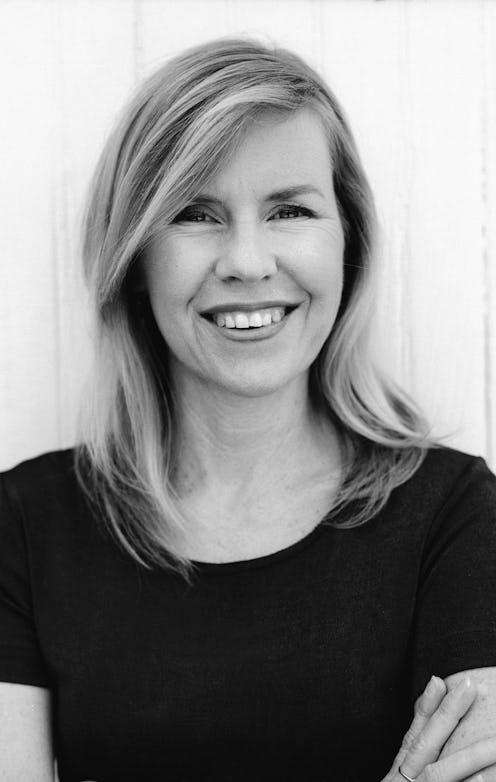Books
Everything's Complicated 'Between Heaven and Here'

In Between Heaven and Here (McSweeney's), Susan Straight concludes her trilogy of an extended African American family, a story which started during the days of slavery and ends on the streets of Southern California. Readers don't need to have read the first two novels (A Million Nightingales and Take One Candle, Light a Room), however, to understand and appreciate the voices Straight brings forth in the novel, which manages to be both gritty and lyrical simultaneously.
The story begins when Glorette Picard, a woman so beautiful men still fall in love with her even though she's now an addict and a prostitute, is found dead in the alley where she worked in the fictional Southern California town of Rio Seco. Her family lives in the nearby enclave known as Sarrat, which decades before served as a refuge for a group of families fleeing Louisiana and today operates as its own world. As Glorette's family sets out to discover how she died, the reader gets to see the world of Rio Seco, modeled off Straight's hometown of Riverside, and the people who live there.
The book is striking in that the characters in this world speak for themselves, giving readers a glimpse into an America that is usually depicted in stereotypes if it is depicted at all. This is a place where the armed young men in black SUVs and the prostitute in the alley are all just another part of the landscape. And yet the novel allows this "hidden America" to show its true nuance. From those who try to get out to those just trying to get by, the people of Rio Seco are complex and varied. Some are young people who wound up gangsters by accident, others are preoccupied with universal problems like lost love or loneliness.
Central to the plot of the novel is the understanding that people here have their own way of doing things. Police are prone to use the term "NHI" or "No Humans Involved" to refer to crime that happens there, and so when Glorette dies, no one bothers with them. This is a matter for the family in Sarrat, the small community out in the orange groves that both is and isn't part of Rio Seco, a world within a world.
Straight's triumph here is the ability to portray her characters and their home both without judgment or stereotypes but also without glorifying their situations. The people in Straight's novel are meant to be neither written off nor put on a pedestal. They have flaws that run deep and unenviable problems, most of which are very much connected to where they live. But they also have their own unique perspective, and Straight allows each of these voices a turn to take over the story, fragmenting the narrative and turning it into something more.
The whole thing is held together by Straight's masterful prose, which can turn packs of Ramen into "noodles that looked like clumsy lace" and light on a chain-link fence into "wires glowing like liquid mercury." Straight's writing pulls the reader into a world that is both surreal and yet inescapably concrete, ugly and beautiful all at once. She binds the multifaceted perspectives together into a narrative that is fragmented but still very much whole.
Between Heaven and Here is a powerhouse packed with shadowy history, uncertain futures, and unforgettable characters. It's a refreshingly complex view of a world all-too-often written off entirely, with a story that will have readers caring far more than they ever dreamed.